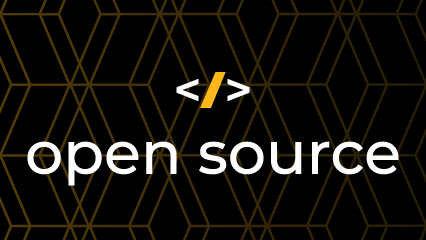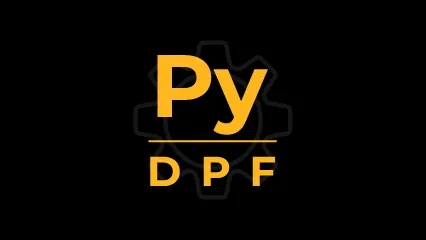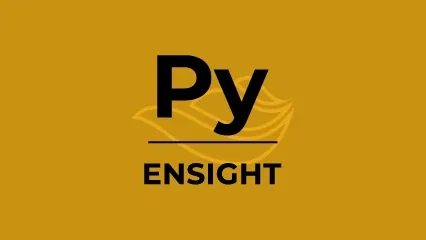An analysis of NASA's fan-bladed disk with PyAnsys
| 03.11.2024A comprehensive inverse-solving (hot-to-cold) simulation workflow using PyAnsys libraries to analyze the NASA Rotor 67 fan-bladed disk.
Enhancing Ansys Store: Introducing verified apps
| 02.29.2024Ansys is diligently advancing efforts to revamp the Store to deliver a more personalized experience, while improving the quality and scope of what is published.
Create a report from a saved Mechanical session (.mechdb or .mechdat)
| 02.20.2024This demo shows you how to create a report from a saved Mechanical session using Python in Ansys v2024R1.
Advent of Code 2023 survivors and results
| 02.20.2024Advent of code 2023 is complete! Here is a round-up of this year's event.








